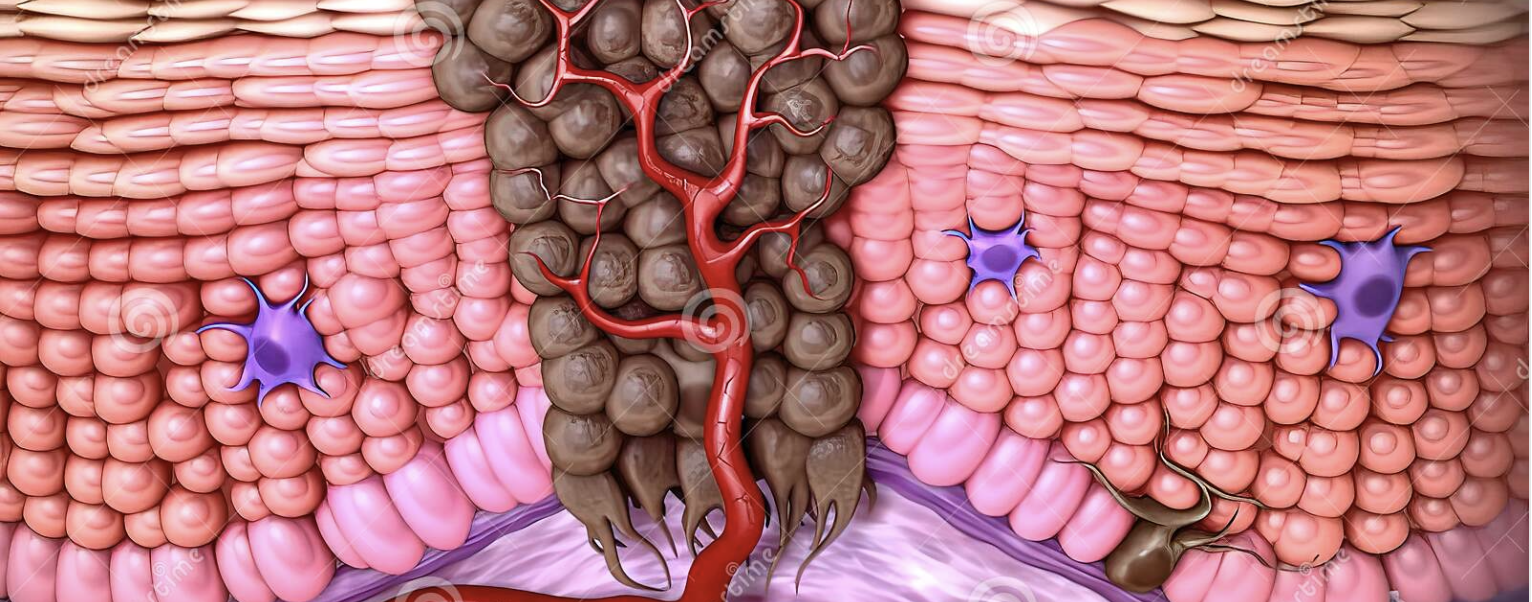Age and gender demographic and statistical analysis in oral squamous cell carcinoma in Eastern India
Main Article Content
Abstract
Background: Oral squamous cell carcinoma (OSCC) continues to dominate all the oral cancer cases with premalignant disorders, which can also be predictable at the pre-clinical phase of malignancy. Chewing behaviors such as betel quid, areca nut& tobacco are all major risk factors. The majority of OSCC patients present with advanced disease and a poor prognosis. Despite the high prevalence of this cancer, there is a scarcity of rigorous data from Eastern India on its relationship with known risk factors.
Objectives: The aim of this study was to evaluate the features at specific ages and gender that could play a major role in the development of oral squamous cell carcinoma.
Materials and methods: Demographics and habitual behavior were both subjected to expressive analysis. In patients with oral squamous cell carcinoma, categorical and continuous variables regarding gender were scrutinized.
Results: Age with gender cross tabs results reflects the maximum patients 245 (57.24%) were female at the age of 45-64, followed by the same age group male 480 (51.39%). The highest 654 cancer sites were found in the buccal mucosal region, and we found the total number of 349 (53.36%) were in the same age group between 45-64 years. Precisely we got the age mean±SD of 61±9 male and 64±12 female OSSC patients with statistical significance of <0.001 respectively.
Conclusion: Finally, the majority of OSCC cases in our area of eastern India were female patients who had been using gudhakhu for a long time and it was found correlating with site of OSCC in female.
Article Details

This work is licensed under a Creative Commons Attribution-NonCommercial-NoDerivatives 4.0 International License.
Personal views expressed by the contributors in their articles are not necessarily those of the Journal of Associated Medical Sciences, Faculty of Associated Medical Sciences, Chiang Mai University.
References
Ferlay J, Soerjomataram I, Dikshit R, Eser S, Mathers C, Rebelo M, et al. Cancer incidence and mortality worldwide: sources, methods and major patterns in GLOBOCAN 2012. Int J Cancer. 2015; 136(5): E359–E86. https://doi.org/10.1002/ijc.29210 PMID: 25220842.
Indian council of medical research. National cancer registry program. Biannual report 1987–1989. New Delhi: 1992.
International agency for cancer research. Tobacco smoking monographs on the evaluation of the carcinogenic risk of chemicals to humans, Vol. 38. Lyon: IARC; 1985.
Bhonsle RB, Murti PR, Gupta PC. Tobacco habits in India. In: Gupta PC, Hamner JE, Murti PR, editors. Tobacco-related cancer and other diseases. Bombay: Oxford University Press; 1992. p. 25–46.
Garcı´a-Martı´n JM, Varela-Centelles P, Gonza´lez M, Seoane-Romero JM, Seoane J, Garcı´a-Pola MJ. Epidemiology of Oral Cancer. Oral Cancer Detection: Springer; 2019. p. 81–93.
Kato MG, Day TA. Oral cavity and oropharyngeal cancer: a new staging system for 2017. Otolaryngology-Head, and Neck Surgery E-Update, Medical University of South Carolina. 2016.
Westra WH, Lewis JS. Update from the 4th edition of the World Health Organization classification of head and neck tumors: oropharynx. Head Neck Pathol. 2017; 11(1):41–7. https://doi.org/10.1007/ s12105-017-0793-2 PMID: 28247229.
Ernani V, Saba NF. Oral cavity cancer: risk factors, pathology, and management. Oncology. 2015; 89 (4): 187–95. https://doi.org/10.1159/000398801 PMID: 26088938.
IARC. IARC monographs on the evaluation of carcinogenic risks to humans: Betel-quid and areca-nut chewing and some areca-nut-derived Nitrosamines. Lyon: IARC; 2004.
IARC. IARC monographs on the evaluation of carcinogenic risks to humans, volume 89: Smokeless tobacco and some tobacco-specific N-Nitrosamines. Lyon: IARC; 2007.
Bhisey RA. Chemistry and toxicology of smokeless tobacco. Indian J Cancer. 2012; 49(4):364. https:// doi.org/10.4103/0019-509X.107735 PMID: 23442400.
Furniss CS, McClean MD, Smith JF, Bryan J, Applebaum KM, Nelson HH, et al. Human papillomavirus 6 seropositivities is associated with risk of head and neck squamous cell carcinoma, independent of tobacco and alcohol use. Ann Oncol 2009; 20: 534 41.
Sánchez MJ, Martínez C, Nieto A, Castellsagué X, Quintana MJ,Bosch FX, et al. Oral and oropharyngeal cancer in Spain: Influenceof dietary patterns. Eur J Cancer Prev 2003; 12:49 56.
Hecht SS. Tobacco smoke carcinogens and lung cancer. J Natl CancerInst 1999; 91: 1194 210.
Dubal M, Nayak A, Suragimath A, Sande A, Kandagal S. Analysis of smoking habits in patients with varying grades of smoker’s palate inSouth Western region of Maharashtra. J Oral Res Rev 2015; 7: 12 5.
Christopher V, Murthy S, Ashwinirani SR, Singh S, Athira CP, Shivaram SK, et al. Morphometry as a diagnostic tool for potentially malignant lesions. J Indian Res 2015; 9: ZC22 5.
Sawlani K, Kumari N, Mishra AK, Agrawal U. Oral cancer prevalence in a tertiary care hospital in India. J Fam Med Community Health 2014; 1: 1022.
Addala L, Pentapati CK, Reddy Thavanati PK, Anjaneyulu V,Sadhnani MD. Risk factor profiles of head and neck cancer patients Andhra Pradesh, India. Indian J Cancer 2012; 49: 215 9.
Smits RW, Koljenović S, Hardillo JA, Ten Hove I, Meeuwis CA, Sewnaik A, Dronkers EA, Bakker Schut TC, Langeveld TP, Molenaar J, Hegt VN. Resection margins in oral cancer surgery: room for improvement. Head & neck. 2016 Apr; 38(S1): E2197-203.
Shenoi R, Devrukhkar V, Chaudhuri, Sharma BK, Sapre SB, Chikhale A.Demographic and clinical profile of oral squamous cell carcinoma patients: A retrospective study. Indian J Cancer 2012; 49: 216.


